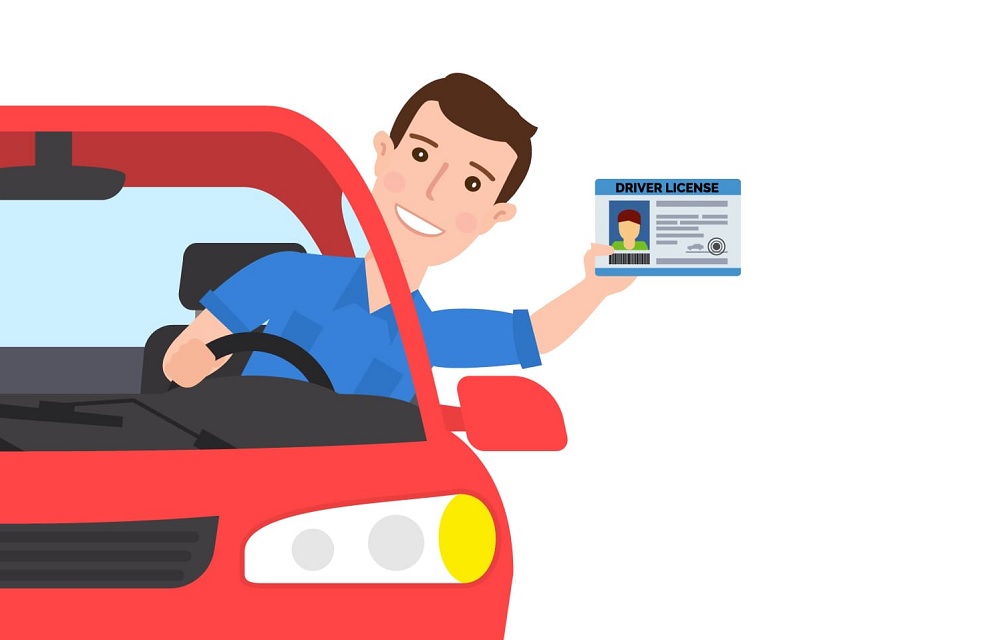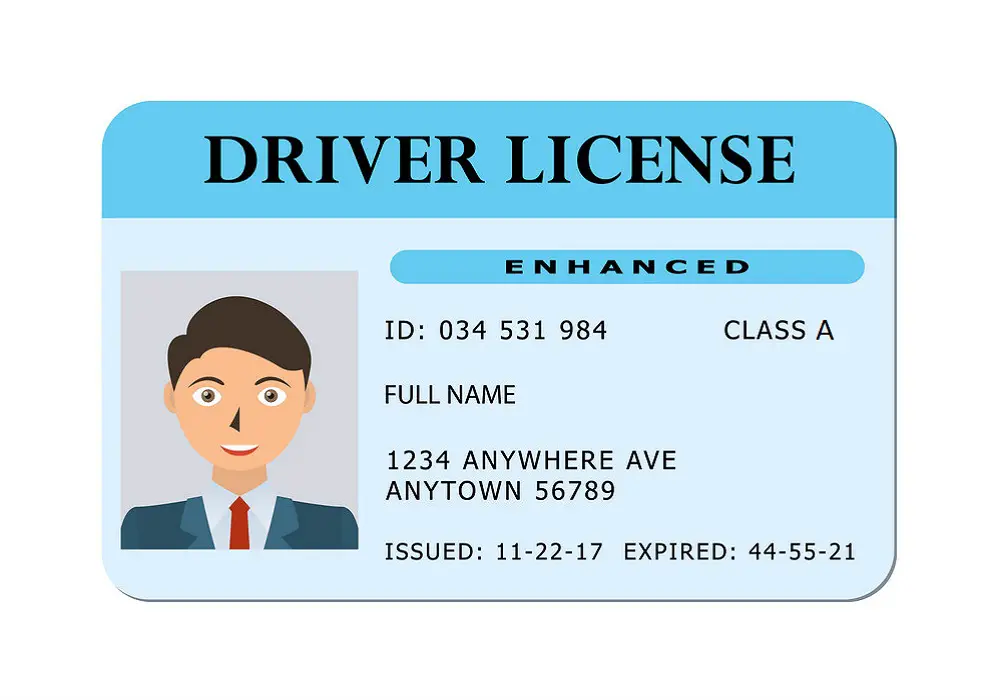Class A Vs. Class B CDL: What Are The Differences?
A CDL, or a Commercial Driver’s License, is a valid driving document issued by the State Authority. This is mainly required in cases where you would need to drive a Commercial Motor Vehicle (CMV) on a regular basis.
The CMVs usually include vehicles that usually transport large or heavy cargo. Besides appropriate endorsements for each CDL, there are also distinct types of CDL that are designated for particular types of transport vehicles only. To understand which CDL is the most suitable for your case, you must know the difference between class A and class B CDL.
In this article, we bring you the fundamental differences between them. We will also try to break down a few crucial points as to how they vary from one another.
How to Get a Commercial Driver’s License?

CDLs are generally issued by the state authority. You can legally apply for a CDL once you hit the age of 21. Each state has rigid state laws and guidelines governing the issuance of CDLs.
You must pass a written test and a practical driving test designed specifically for your home state to qualify for obtaining a CDL. These tests usually verify whether you have the specialized skills and knowledge to operate a CMV flawlessly.
However, some states issue single-state CDLs to drivers aged 18 too. These single-state CDLs only allow the driver to drive a CMV within the state under supervision but not beyond state borders. Luckily, in most cases, the restriction is removed automatically once the driver turns 21.
What Is Class A CDL?

The Class A CDL generally permits drivers to operate combinatorial vehicles such as a tractor-trailer. These vehicles are more colloquially called 18-wheelers or big-rigs since they usually have more than two axels.
Now the GVWR of the vehicles must be more than 26 thousand pounds along with a towing capacity of 10 thousand pounds in order to qualify for a Class A CDL.
Additional endorsements on the Class A CDL further allow driving almost all CMVs, including those covered under CDL B and CDL C.
When Do You Need a Class A CDL?
You may need to obtain a Class A CDL when you are driving any one of the following:
- Tractor-trailers
- Truck and trailer combinations
- Tractor-trailer buses
- Heavy Trucks
- Semi-trucks
- Livestock carriers
- Tanker vehicles
- Dispatch Vehicles
- Courier Vehicles
- Flatbeds
Training Needed for Class A CDL
Since Class A CDL is considered the most sophisticated and high-tier of all the variants, this particular variant needs the most versatile training. The skills to acquire usually include behind-the-wheel stability, vehicle maintenance, and adherence to state driving guidelines.
All in all, if you can exhibit that you can safely drive a Class-A CMV without any trace of errors, you can consider yourself worthy of obtaining a Class A CDL.
What Is Class B CDL?

Class B CDLs are basically for unit vehicles that do not include trailers or other hitched attachments. These can be vehicles having a GVWR of more than 26 thousand pounds but a towing capacity of fewer than 10 thousand pounds. These types of vehicles are typically small passenger vans of less than 16 seats.
Additional endorsements on the Class B CDL further allow driving CMVs covered under CDL C but not under CDL A.
When Do You Need a Class B CDL?
You may need to obtain a Class B CDL when you are driving any one of the following:
- Straight trucks
- Box trucks
- Delivery Trucks
- Garbage trucks with small trailers
- Large passenger buses
- Segmented buses
- School Buses
- City or Tourist Buses
- Cement Mixers
Training Needed for Class B CDL
Obtaining a Class B CDL requires intense training to develop a combination of theoretical and practical skills. Besides driving on the road, class B CDL examinees must exhibit that they can successfully handle railroad crossings, cargo transportation, and vehicle inspection.
Moreover, vehicle maneuvering and general knowledge about trucks are quite mandatory to pass the test successfully.
Also read the article about the differences between AWD and 4WD.
Other Variants
Class C CDL
A Class C CDL is the third variant that is usually quite rare to come by. These documents are issued to drivers who want to drive vehicles carrying hazardous materials. These are usually extremely specific and strictly controlled under federal law of the Hazardous Materials Transportation Act.
Another case where CDL C can be issued to drivers is when they are operating a small passenger bus carrying 16 or more people, including the driver himself.
CLP
A CLP, or Commercial Learner’s Permit, is basically the first step in getting a CDL. The legal document is also issued by DMV and allows you to practice driving a CMV before taking on the actual test.
CDL Endorsements
Endorsements are additional permits over your existing CDL. You must pass an extra test after your general CDL driving test in order to acquire one. These permits can allow you to extend the domain of your CDL and drive a wider variety of vehicles besides your permitted ones.
After a valid endorsement, you can drive school buses, double or triple tractor-trailers, hazmat tankers, and other such CMVs.
Generally, Class A CDL holders can apply for endorsements to Class B and Class C. Class B CDL holders, however, can only apply for a Class C Endorsement and not above that.
Recommended for You:
- Difference Between Accident and Incident
- Highway Vs. Freeway: What’s The Difference?
- Moonroof vs. Sunroof: What are the Differences?
Difference Between Class A and Class B CDL: Comparison Table
|
Class A CDL |
Class B CDL |
|
| Gross Vehicle Weight Rating | 26,001 lbs. or more | 26,001 lbs. or more | |
| Towed Vehicle Weight | Heavier than 10,000 lbs. | Less than 10,000 lbs. | |
| Driving Allowance | Combination of vehicles | A single-vehicle that is not hitched to a trailer | |
| Hitched trailer allowed? | Yes | No | |
| Vehicles Permitted | Tractor-trailers, Tankers, Flatbeds, Livestock Carriers, etc. | School Buses, City Buses, Tourist Buses, Straight Trucks, Box Trucks, Dump Trucks, etc. | |
| Endorsements Available | For Class B and Class C | For Class C | |
| Earning Potential and Job opportunity | Higher | Lower | |
| Job market competition | Higher | Lower |
Choosing the Most Suitable Commercial Driver’s License
Making the right choice when it comes to deciding which CDL to get can be tricky.
In most cases, CDL A should be adept in covering for most cases. You can legally drive almost all types of vehicles with a CDL A along with the proper endorsements. However, this can be quite challenging to obtain on the first shot. You’ll need sophisticated training and good test results.
Now you can travel more considerable distances, and it will open up more job opportunities for you as well. Go for a CDL A if your target is a long-term career on the road.
On the other hand, Class B CDLs are more target-oriented and specialized for a specific set of vehicles. If your focus is to drive only the specific Class B vehicles for a short-term career, opting for a CDL B is the wiser way to go.
Since you need to pass through a comparatively easier test, obtaining the document would be less of a hassle for you. There is also less competition in the job market for CDL B holders.
Final Words
That being said, you should now be knowledgeable enough to know about the difference between Class A and Class B CDL. No matter which document you choose to pursue, always remember that road safety should be your priority.
Both documents will allow you to enter into a world of competitive pay and earn a decent living. You’ll even have a life on the wheels where you can travel to and from your destination for the sheer thrill of it. Be sure to get the most suitable commercial driver’s license for your vehicle and drive safely!
